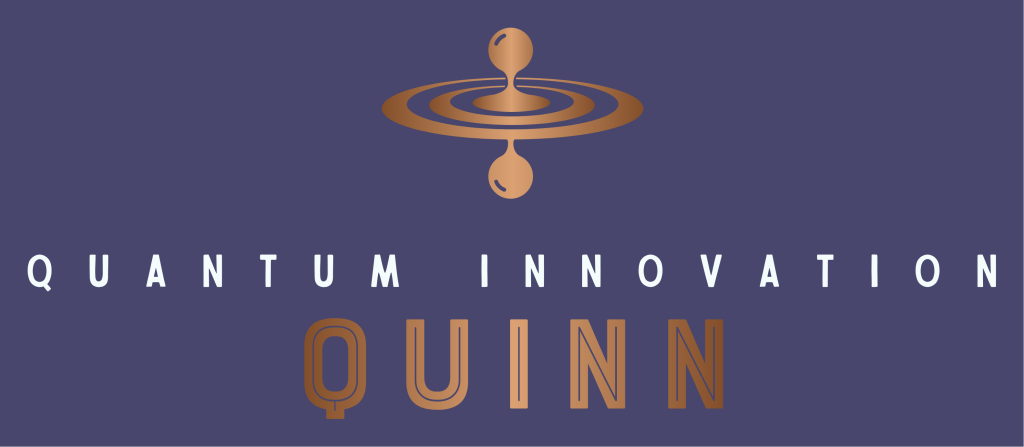1. Economy bY spacE (EYE): H2020-MSCA-RISE-2020, GA: 101007638.
Program: Horizon 2020 MSCA-RISE
Status: Ended
Web site: https://www.economy-by-space.eu/
Space technology connected with Artificial Intelligence and machine learning techniques is one of the most rapidly developing field of science and also play a key role to control disaster by space like Covid-19 outbreak. While space technologies have been successfully applied to a small number of macroeconomy and heath care related matters over the last decade, there is neither a significant utilization of space elements nor a systematic analysis of needs for space assets in this sector yet. There are a significant number of indirect parameters observable from space that can be correlated to the impact on the economy of natural, health (including epidemic) and man-made disasters. Classical environment parameters (geographical, climatological and hydrogeological) and man induced impact on the environment (pollution, heat) can be combined with economic parameters of human activities impacted by the epidemic including transportation, industry, and commerce. Specific human activities can be directly correlated with the progression of the diseases i.e. increase of heat delivered by crematorium in the affected areas as well as in the dwelling areas due to lock-down restrictions. All these “observed parameters” need to be correlated to macro parameters related to the progress of the epidemic and its impact of the of the infection to the economy at different scales. At medium- and long-term time scale, this methodology enables the near real-time monitoring of macroeconomic parameters during the recovery phase following the end of the emergency outbreak. The project EYE intends to propose a prototype service based on Copernicus data, automatic image processing supported by artificial intelligence integrated with modelling and statistic and geospatial data into an IT platform able to provide econometric and epidemiologic nowcasting and forecasting data.
2. Earthquake Risk plAtform For european cities Cultural Heritage protection (ERA4CH): H2020-MSCA-RISE-2020, GA: 101086280.
Program: Horizon 2020 MSCA-RISE
Status: Ongoing
Web site: https://era4ch.eu/
Europe’s Cultural Heritage is at risk, endangered by anthropogenic pressure and environmental processes enhanced by climate changes. The project ERA4CH addresses the development of a series of tools for damage assessment and long-term monitoring of historic centres by combining cutting-edge Artificial Intelligence algorithms, advanced remote sensing techniques, image processing, geotechnics and cadastral data sets with structural stability models in a GIS application.
3. Dating rEcent climaTE Changes To fOrecast the future (DETECTOR): HORIZON-TMA-MSCA-SE, GA: 101235981 (9/2025 – 9/2029)
Program: HORIZON-MSCA-2024-SE-01-01
Status: Ongoing
Web site: https://Detector.eu/
Climate change and human history are closely linked. Paleoclimate studies are essential for improving climate models, particularly for the 60–12 ka period, characterized by glacial conditions and rapid millennial-scale climatic fluctuations. Investigating these oscillations is crucial for assessing modern global warming and itsimpact on extreme weather events and sea level rise. Conversely, the millennial-scale
climate shifts after 12 ka drove mass migrations and economic transformations, leaving significant archaeological evidence. Paleoclimate studies and archaeology share methodologies like stratigraphic event definition and absolute dating, which are based mainly on 14C (up to 50 ka for organic materials) and luminescence techniques (up to 1 My for quartz and k-feldspar-rich samples). This study focuses
on niche environments like islands and desert regions. The former preserve strong evidence of climate change and human activity, particularly in the Mediterranean, while the latter are considered modern analogues of past glacial arid conditions. Key sites include Sardinia, Crete, Cyprus, Balearic, Canaries islands and deserts in California, Texas and Argentina. DETECTOR builds on the IN-TIME
project (IN-SITU INSTRUMENT FOR MARS AND EARTH DATING APPLICATIONS, G.A. 823934), which developed and validated a portable luminescence dating prototype (compared to lab analyses) through Alma Sistemi S.r.l. and the Luminescence Laboratory of the University of Sassari, Italy. Proposed studies will include field campaigns using updated portable instruments for in situ absolute dating. Measurements will be cross-verified with laboratory analyses to assess the instrument’s functionality, operational reliability, and
performance, paving the way for a novel scientific instrumentation product. DETECTOR unite the expertise of partners from Italy, Spain, Cyprus, Greece, USA & Argentina
4. PORTABLE LUMINESCENCE INSTRUMENT FOR ARCHAELOGY AND GEOLOGY (RESET): Eurostars 3 – Call 7, PID 7042 (5/2025 – 5/2027)

